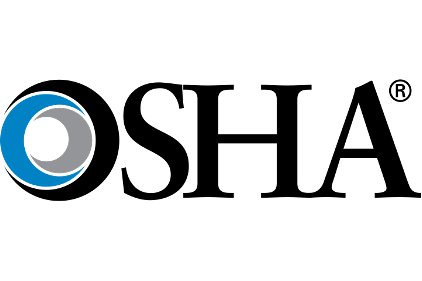 Advocacy group Public Citizen is characterizing opposition to OSHA’s proposal to require electronic reporting of injury and illness data as corporations worried about being “named and shamed” due to the data will be posted online.
Advocacy group Public Citizen is characterizing opposition to OSHA’s proposal to require electronic reporting of injury and illness data as corporations worried about being “named and shamed” due to the data will be posted online.
The rule would amend current reporting requirements to require all workplaces with 250 or more employees to electronically send all of their injury and illness data to OSHA quarterly. The improved tracking system also would require workplaces with 20 or more employees, in certain industries with high injury and illness rates, to electronically send their annual summary data to OSHA once a year. Presently, employers submit such reports on paper, and there is a significant lag in processing the data.
Strong opposition
During recent hearings on the proposal, the U.S. Chamber of Commerce and corporate lobbyists expressed strong opposition to the change -- particularly to posting the data online, which they said could be used by labor unions and occupational safety and health researchers as well as people and organizations who are not affiliated with OSH.
“The corporate lobbyists were more concerned about employers’ reputations than they were about addressing the hazards that injure and kill workers every day,” wrote Keith Wrightson, on the Public Citizen blog.
The opposite of a speedy response
“OSHA’s proposal would improve workplace safety and health through the collection of useful, accessible, establishment-specific injury and illness data. At present, OSHA does not electronically receive an establishment’s injury and illness data log. This void forces the agency to rely on data that is more than a year old when attempting to respond to hazardous workplace conditions. This is the opposite of a speedy response to hazards.”
Additionally, Wrightson said the data would allow OSH researchers to study current trends on a quarterly basis and would give corporations with five or more work sites the tools to correct hazards on a large scale.
“The new rule should be finalized promptly,” he said.
Click here to read the entire blog post.
Note: Attempts were made to contact the U.S. Chamber of Commerce for its reaction to the OSHA proposal






